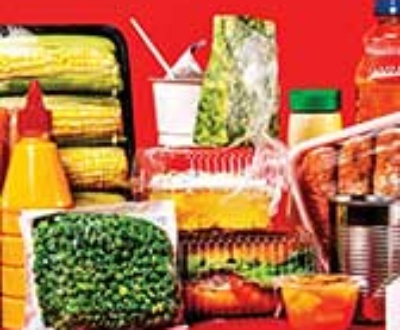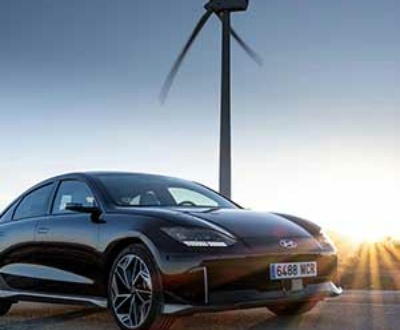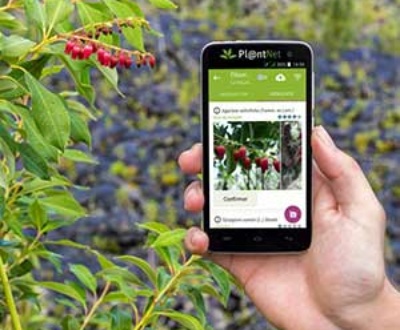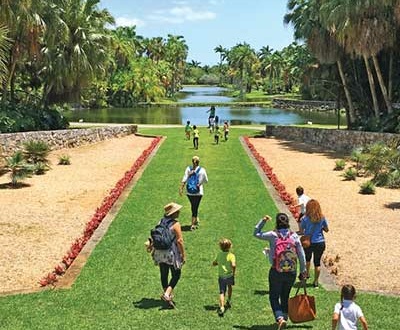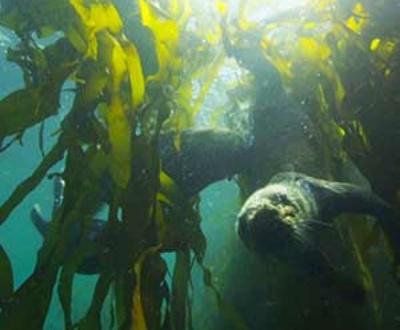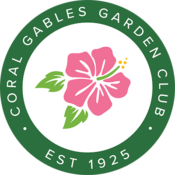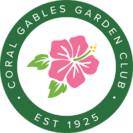We’ve been working our way through the 9 principles of Florida Friendly Landscaping on the FloridaYards.org website. So far we’ve talked about: right plant/right place; watering efficiently; fertilize appropriately; mulch; pesticides; and attracting wildlife. The other 3 are recycle yard waste (its food for your yard folks!!!); reduce stormwater runoff and protect the waterfront. We will cover these 3 in a later issue or you can refer to the website.
We are now re-discovering best practices as we face the consequences of using massive amounts of pesticides and fertilizers on our land.
I was reading a book of short stories called Furrows End about farming published in 1946. In a story written in 1944 called “My 90 Acres”, the farmer is showing a visitor around his farm which over time has become a model farm in the county. He shows the visitor a nest of 7 baby quail in the bushes along his fence. He says they used to laugh at me for letting the bushes grow around my fences, but there’s nothing quail like better than chinch bugs. Last year my neighbor, Henry, lost 10 acres of corn all taken by chinch bugs, I didn’t. He goes on to say that the birds are a farmer’s best protection. It’s in the library if you’d like to read it. Order it on the MDPLS website
This is 75 years ago talking about “best practices” which we are now re-discovering as we face the consequences of using massive amounts of pesticides and fertilizers on our land. AND I mean massive!! Remember back in June I said that 40% of all known species of insects face extinction as a result of pesticides and loss of habitat. Well guess what — this “insect apocalypse” coincides with a peer reviewed Friends of the Earth study that states that US FARMLAND IS 48 TIMES MORE TOXIC TO INSECTS THAN 25 YEARS AGO. Folks, that’s around the time Round up was introduced. Remember these insects pollinate or help to pollinate 75% of our crops producing fruit or seeds for food.
Speaking of habitat, a couple in Coral Gables decided to do their whole place with native plants, no lawn. They’ve fit 45 different species of plants and trees in their 50′ x 100’ yard. They’ve done the front yard as a pine rockland and the backyard has hardwood hammock plants. Hammocks are the earth mounds in the Everglades that stick out of the water. Much of Coral Gables is built on pine rockland.
So I asked the owner how he got the idea to do this and he said that Coral Gables used to be covered with Slash pine and that for 30 years he’s been spending as much time as possible in the Everglades and parks. He feels these native landscapes are the most beautiful. I asked him where did he find the information about his native plants? He said the Institute for Regional Conservation. Their website is here. On this website, you can find out about the unique, plants, habitat, and wildlife in our area. All you do is put in your zip code and you find the plants you can use to turn your yard into a native habitat — good for all our birds, pollinators and wildlife!!
AND, it’s not just the insects that are in trouble, a new study in the journal, Science, says that 29% of our North American birds have disappeared since 1970. It’s no wonder since 96% of our land birds feed their chicks insects. You see it is all tied together. You poison your environment and it affects everything — INCLUDING you, your kids and your pets.
I asked them what did they like about their garden and they said ZERO maintenance, no watering, no fertilizer, no pesticides. For a lot less money you can practice habitat restoration that benefits 100’s of species and the natural world. I like that!! These folks are soooo nice—the husband said, “Why don’t you put my email address in your article and I will give them advice”. It’s jv2176@yahoo.com You can ask him for his plant list. If you give him the size of the plot, sun/shade, wet/dry he will recommend plants.
The Florida Native Plant Society website can give you information about where to buy plants. Remember you don’t have to have native plants exclusively in your yard to help nature. Just remember: food, water, shelter, NO pesticides — and they will come.
These are photos of their yard. Some of the plants in the front yard are lantana, coontie, saw palmetto, lignum vitae, cocoplum, florida privet and slash pines. In the back yard some of the plants you see are fire bush, pigeon plum, wild coffee and simpsons stopper. Doesn’t it look nice?!!
If you have Netflix there is a new movie called Birders which is great. It talks about all the migrating birds in South Texas and Mexico. It’s beautiful. Have a great month!
About the Author
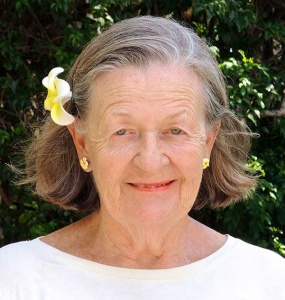
Linda Lawrence Waldron currently writes the Green Gables column in Gables Living Magazine. Linda was Chairman of the Garden Club's Coral Gables Library Butterfly Garden Committee.
Sign up here for email notifications about new Green Gables articles!
More from our blogs
See all postsRecent Posts
- April 2023 April 1, 2024
- Good News on Environmental Plastics February 1, 2024
- Material World / Plant World January 1, 2024
Leave a Comment cancel
This site uses Akismet to reduce spam. Learn how your comment data is processed.



